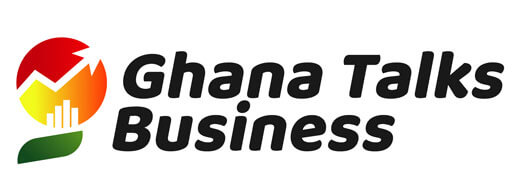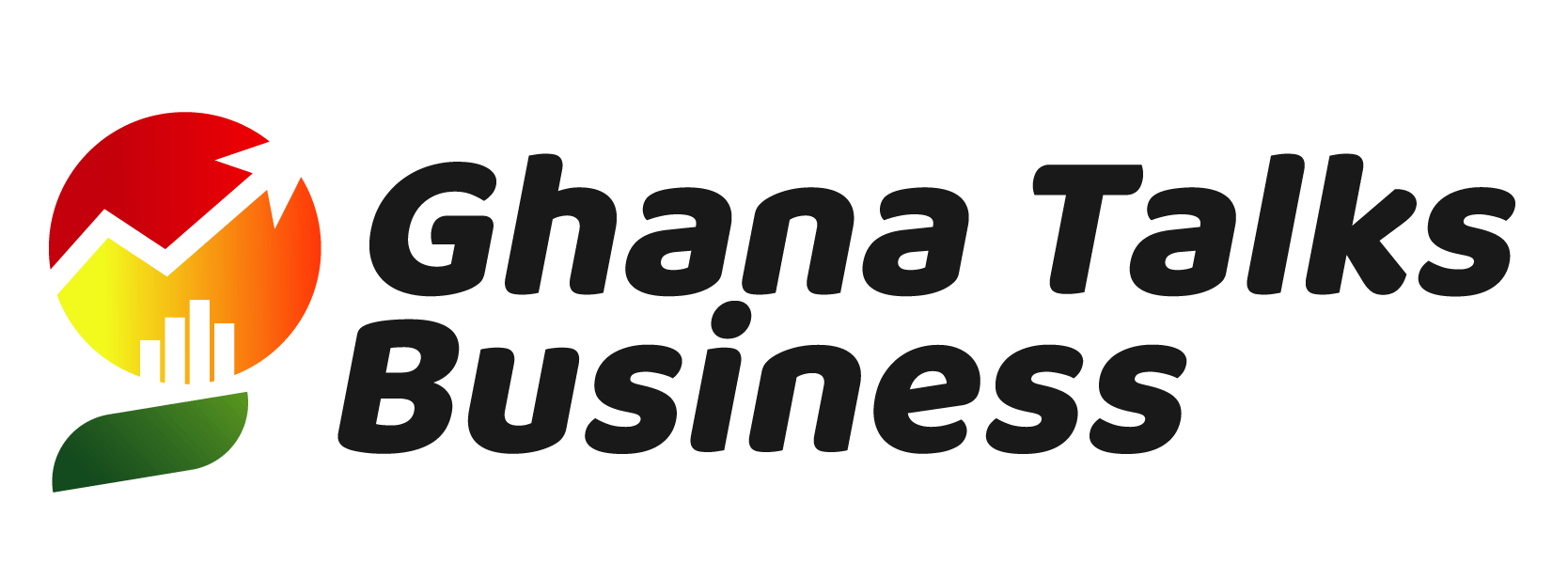A basic economic principle is the opportunity cost of policy decisions and actions, which is simply what citizens give up for current spending or use of budget resources.
This implies that policy choices are non-zero and, therefore, with the tapering of the Bank of Ghana (BoG) and Ministry of Finance (MoF) financial sector measures, we can begin to analyse the high fiscal and other costs they impose on the economy, investors, taxpayers, depositors, and employees.
In this three-part article, we will examine the impact of those measures on the taxpayers, the financial sector, the economy, and the country, a critique of BoG’s periodic recapitalisation exercises with the hope of invoking a debate and propose measures on how to avoid or at least minimise future occurrence using recent and past experiences.
Part One covers the budget or bailout costs borne by taxpayers and others such as investors, employees and customers and families.
Part Two argues that BoG’s periodic capitalisation edicts must take better account of a macroeconomic environment that could worsen the adverse impact of exogenous global and domestic factors.
Since Ghana is not unique in facing financial crisis, Part Three ends with lessons from the global financial crisis and from own past experiences, including a 1990s “bad bank” called the Non-Performing Assets Recovery Trust (NPART) and, recently ESLA, to deal with these crises.
The costs
MoF and BoG have not yet given a complete, even if an interim, report on the actual and potential cost of the restructuring but the information in the public domain can help start a conversation. The most authoritative lead statement and data in the 2019 Budget (page 84, par. 219) notes:
“In real terms, the public debt-to-GDP is 57.2 per cent, based on the rebased GDP. The public debt stock (excluding the financial sector bailout) as a ratio of GDP is 53.94per cent in rebased GDP, as of September 2018”.
This gives an explicit bailout of 57.2 per cent minus 53.94 per cent equal to 3.26 per cent of rebased overall GDP. Given projected GDP at end-2018 as GH¢298,699.48 million (non-Oil GDP is GH¢285,921.0 million), we calculate the nominal bailout cost as GhH¢9.74 billion (or Ghc9.3 billion non-Oil GDP). Table/Graph 1 follows the quote above with details of domestic and external debt as well as positive rate of total debt accumulation “with” bailouts for only FY2018. It does not show total nominal debt explicitly but we add it up later to give an alternative bailout cost of GH¢9.2 billion.
While the bailouts “with” and “without” are equal from FY 2013 to 2016 and imply no bank rescues for the period, various official pronouncements and FY2016/2017 ESLA reports suggest otherwise. We attribute the variance to explicit costs and non-classification of quasi-fiscal costs (e.g., ESLA bonds and BoG bailout payments) as pure public debt. It is necessary to clarify these figures to avoid confusion and speculation.
Beyond recapitalisation
Central banks routinely and periodically support the fiscal authorities in managing economies. They use reserve requirements, open market operations (OMO) and other tools to regulate monetary policy variables like inflation and interest rates while the comparative fiscal tools include taxes, spending, and loans.
An example of special intervention is the decade-long “quantitative easing” by the US, EU, and Japan during the global financial crisis while a recent one in January 2019 is the China Central Bank’s injection of Rmb570 billion (US$84 billion) into the economy to reverse the consequences of domestic stress, partly due to trade war with the US.
Ghana’s recent recapitalisation (i.e., mere cash injection) by Tier one or “Big” banks overlapped with a wider restructuring due to bank supervision and audit findings. Hence, the outcomes, with undertones of soft or severe sanctions, include consolidation, bailouts, takeovers, liquidations and downgrades.
Recapitalisation: The capital increase is from GH¢120 million to Ghc400 million, much higher than the original minimum of GH¢230 million proposed under the previous NDC administration. It follows the FY2012 doubling of capital from GH¢60 to GH¢120 million, resulting in a steep increase of about 570 per cent in a decade characterised by continuous and severe global and domestic economic stress.
Bailouts—public debt: Table/Graph two, based on 2019 Budget data, shows bailouts of GH¢7.2 billion, after making adjustments to the rate of debt accumulation for 2017 and 2018. It contrasts with the GH¢9.74 billion calculated earlier while the President and other officials also quote amounts such as GH¢8 and GH¢13 billion. Further, despite Parliament’s Public Accounts Committee hearings, MoF persists in showing a FY2016 debt stock of GH¢122 billion instead of GH¢120 billion. It inflates the debt by using end-March 2017, not end-December 2017, the exchange rate to convert the foreign element of public debt.
Assuming no bailouts in FY2017, the rate of debt accumulation changes from 16.65 per cent to 8.47 per cent while those for FY2018 change from 19.79 per cent to 30.3 per cent (with bailout) and positive 11.47 per cent to negative 24.46 per cent (withoutbailout).
Graph two shows (a) the decline “without bailout” as steeper; but (b) positively sharper “with” bailout. Since the provisional GDP is for end-December 2018, the ratio of debt and bailouts to GDP could decline, if Q4 bailouts slacken.
Bailouts—BOG support: If BoG fails to recover the full cost of restructuring and liquidity management,, they will crystalise and increase taxpayer costs. The net incomes of central banks accrue to treasuries and, in Ghana, MoF routinely classifies BOG’s “dividends” as non-tax revenue in the annual budget.
ESLA was passed in late 2015 to pay for loans and arrears that VRA and other SOEs owed to banks and various suppliers. They arose from unpaid subsidies, operating costs and promissory notes (PNs) that they could not redeem during the period of power crisis.
An ESLA cash injection of GH¢250 million in FY2016 and GH¢2.2 billion for debt restructuring is part of the 7/10-year 2018 ESLA Bonds managed by the quasi-fiscal ESLA plc.
ESLA includes the Enhanced Road Levy to clear road arrears. ESLA could generate about GH¢30 billion within the Bond duration and, therefore, Parliament must pass an amendment to clarify the status of the levy, with respect to duration, status of ESLA Plc, and use of the ring-fenced flows.
a) Ghana Amalgamated Trust (GAT) and pension funds: In January 2019, MoF announced that a newly-minted GAT would utilise pension funds of about GH¢2 billion held by private firms for more bailouts. The beneficiary banks are AgriculturalDevelopment Bank (ADB), National Investment Bank (NIB), OmniBank/BSIC, Prudential Bank and Universal Merchant Bank (UMB).
b) Cost to investors: Major indigenous bank investors have lost their stakes, due mainly to infractions in special audits and BoG supervision reports. The measure also affected employees, depositors and the economy.
Takeovers: The takeover of UT and Capital Banks by GCB Bank gave the first taste of the ad hoc, spontaneous, and widespread nature of the measures. Since GCB Bank is corporate, with government and public entities in majority, it also sent officials scrambling to streamline corporate governance processes to support the takeover.
GCB’s bailout cost of Ghc2.2 billion is based on contingent sovereign liability for (a) customer deposits, and (b) debt not covered by receivables and asset sales. A private takeover deal involves Stanbic Bank absorbing Bank of Baroda customers from January 2019, after the voluntary liquidation of Baroda in August 2018.
Liquidation: Domestic investors have lost, due to forced liquidation of Heritage, UT, and Capital Banks; and uniBank merger into Consolidated Bank. In the “purchase and assumption” agreement, BoG appointed liquidators such as PwC and KPMG, as transaction managers. The process has led to ongoing prosecution of owners and directors, counter-suits from the latter, and charges of political victimisation and bias from some commentators.
Consolidation: The creation of Consolidated Bank (Ghana) to acquire uniBank and Construction, Beige, Royal, and Sovereign Banks in August 2018 epitomises the stealthy nature of some policies. As corporate entities, the policy drew attention to (a) their visible and systemic impact on stakeholders; and (b) BoG’s presumed “super” status relation to other regulators such as RGD and SEC.
Downgrades: GN Bank suffered a down-grade to savings and loans (S&L), a move that smacks of “payback”. The principal owner, Dr Nduom advocated the “tiering” of banks within groups—with bands, not guillotined limits, for the three categories of universal, S&L, and others (e.g., Microfinance and rural banks).
Depositors: Some depositors have not been paid with the explanation that MF bonds have not matured even though deferment is not seen as part of the deal. The larger point is that the market is not deep to absorb the bonds, as depositors lose business opportunities and accumulate more debt.
Employees and contractors: Several employees of the affected banks have lost their jobs—with economic and social consequences for families and society. These measures were abrupt and left them with no room to plan exits.
GAT is will inject funds to support the banks mentioned earlier to meet the GH¢400 million capitalisation but it got to a shaky start. The insufficient consultations led to some livid trustees expressing open surprise at the use of worker’s pension funds to back the scheme. MOF will underwrite 70 per cent of the first GH¢403 million GAT bond issuance.
This leaves uncertainty around a 30 per cent potential liability—should the banks not meet the GH400 million capitalisation limit.
Further, MOF has to manage ESLA and other mechanisms well to ensure their sustainability and capacity to minimise banking risks.
Conclusion
Independent BOG measures have imposed high public and private costs with severe impact on the economy, budget, businesses, and families.
The background includes shallow local financial markets, emerging domestic and SSA economies that came close to recession, and uncertain global economic recovery.
Hence, we must use the lessons learned to evolve a capitalisation-cum-restructuring mechanism that imposes less shock to the economy and these stakeholders. The measures should be less ad hoc, better packaged to include more public awareness and consultation as well as Parliamentary approval to ensure accountability, particularly in the use of budget resources.
The writer is the immediate past, former Minister of Finance Seth Terkper



